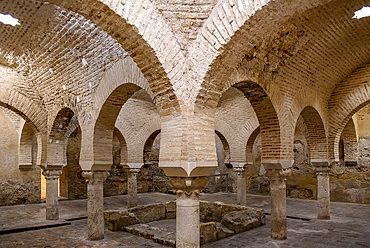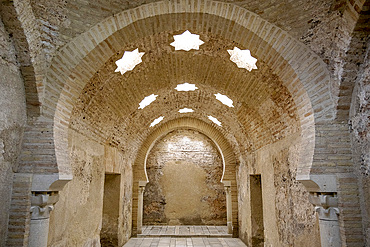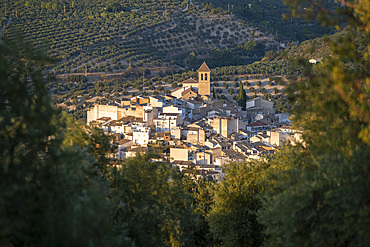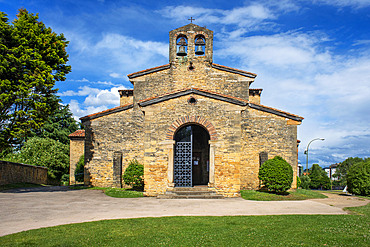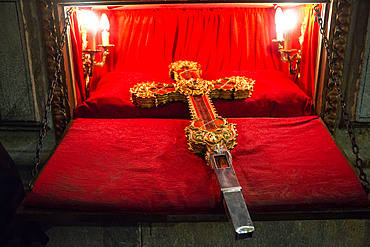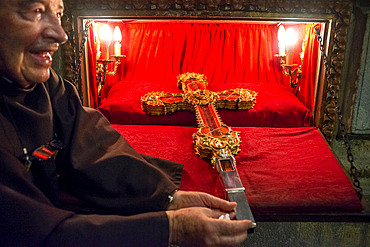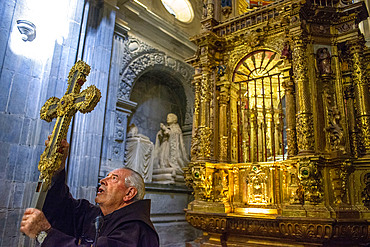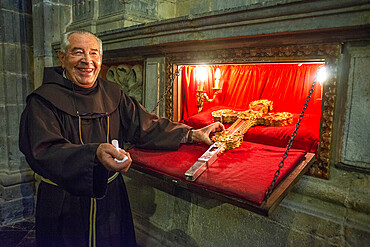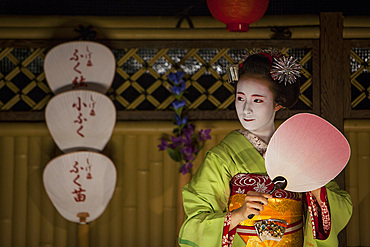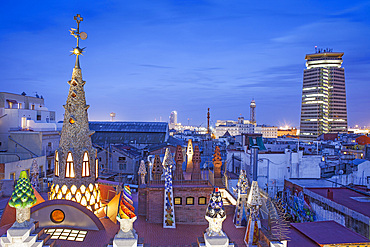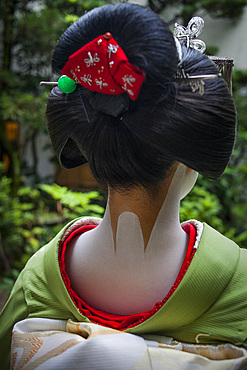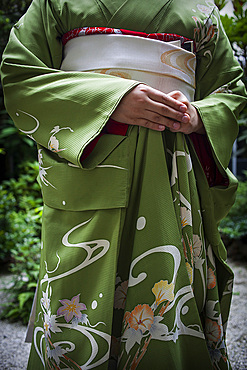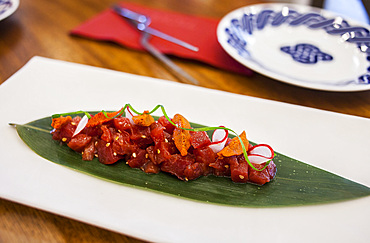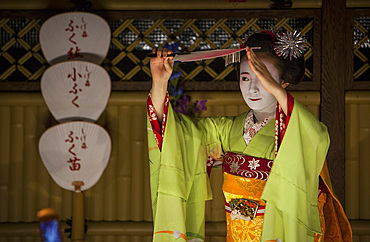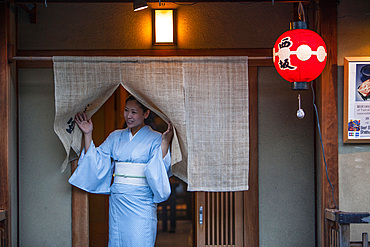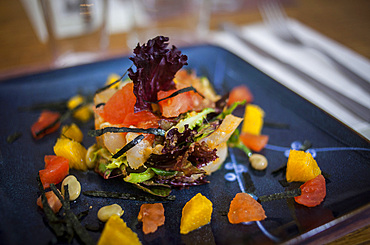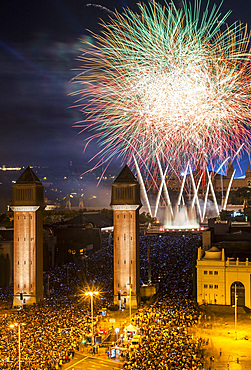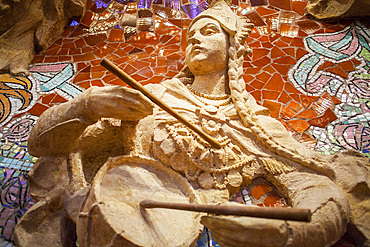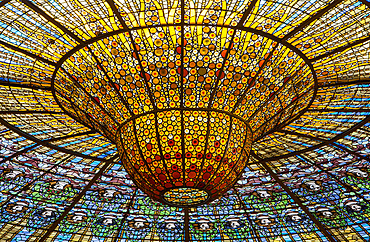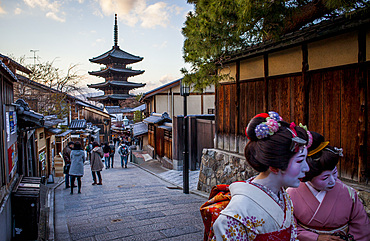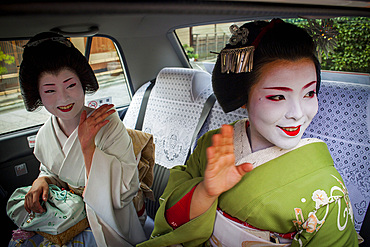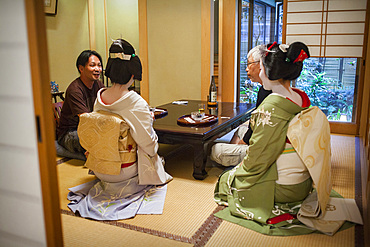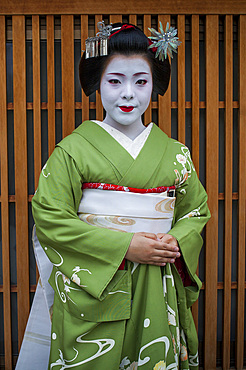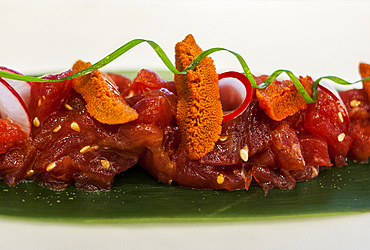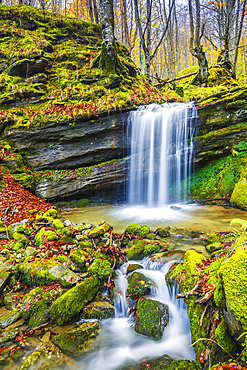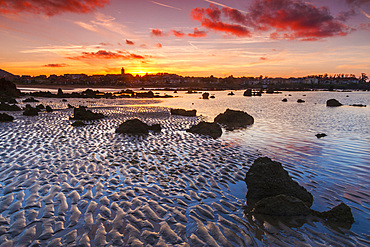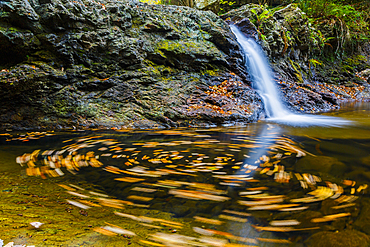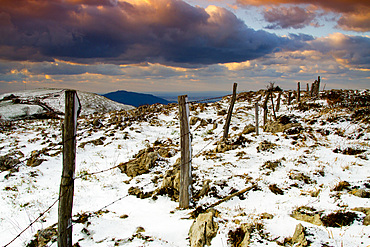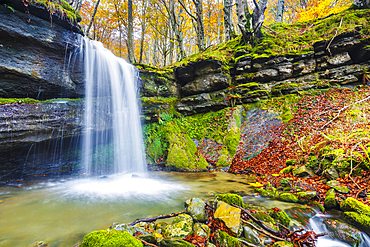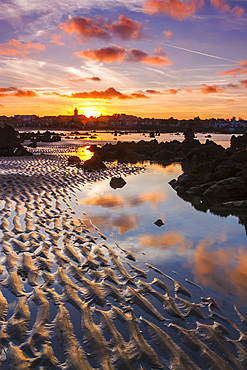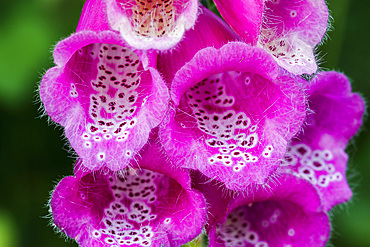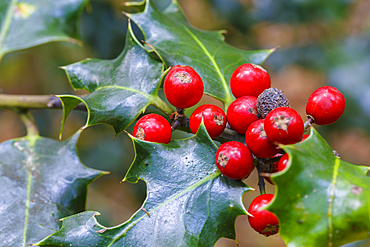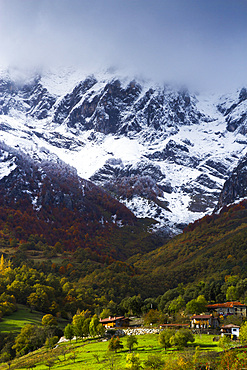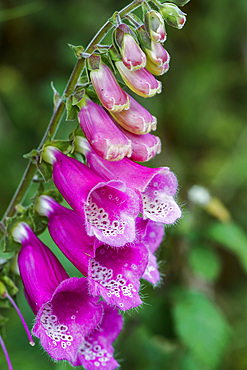Recent searches
Loading...
1131-2119 - Beach huts, La Panne Beach, West Flanders, Belgium
1350-6510 - Arab Baths Cultural Center at Villardompardo Palace, Jaen city. Andalusia, Spain
1350-6509 - Arab Baths Cultural Center at Villardompardo Palace, Jaen city. Andalusia, Spain
1350-6508 - The village of Quesada and olive groves, Jaen province, Andalucia, Spain.
1350-6666 - San Julian de los Prados World Heritage Church in Oviedo, Asturias,
1350-6662 - The cross of the monastery Santo Toribio in northern Spain gets out the holy relic, said to be part of the cross on which Jesus died Inside Santo Toribio de Liebana monastery. Liébana region, Picos de Europa, Cantabria Spain, Europe
1350-6661 - A monk at the monastery Santo Toribio in northern Spain gets out the holy relic, said to be part of the cross on which Jesus died Inside Santo Toribio de Liebana monastery. Liébana region, Picos de Europa, Cantabria Spain, Europe
1350-6659 - A monk at the monastery Santo Toribio in northern Spain gets out the holy relic, said to be part of the cross on which Jesus died Inside Santo Toribio de Liebana monastery. Liébana region, Picos de Europa, Cantabria Spain, Europe
1350-6660 - A monk at the monastery Santo Toribio in northern Spain gets out the holy relic, said to be part of the cross on which Jesus died Inside Santo Toribio de Liebana monastery. Liébana region, Picos de Europa, Cantabria Spain, Europe
1350-6678 - Strawberry Poison Frog (Dendrobates pumilio), adult, Bastimentos National Park, Bocas del Toro, Panama. The strawberry poison frog or strawberry poison-dart frog (Oophaga pumilio or Dendrobates pumilio) is a species of small amphibian poison dart frog found in Central America. It is common throughout its range, which extends from eastern central Nicaragua through Costa Rica and northwestern Panama. The species is often found in humid lowlands and premontane forest, but large populations are also found in disturbed areas such as plantations. The strawberry poison frog is perhaps most famous for its widespread variation in coloration, comprising approximately 15���30 color morphs, most of which are presumed to be true-breeding. O. pumilio, while not the most poisonous of the dendrobatids, is the most toxic member of its genus. The species is most diverse in Panama with varieties in vivid shades of all red, orange, blue, yellow or green, green and yellow, white with red, orange or black and spotted varieties. The most colorful mix is found in Isla Bastimentos Marine National Park though not all in one place. Colors vary by location. A beach on the north side of the island is named after the species. Two of Southern Explorations' Panama tours visit red frog habitat. Both the eight-day Panama Adventure trip and eleven-day Panama Highlights trip spend time in Isla Bastimentos Marine National Park and the former also goes to Red Frog Beach.
The red frog is not as poisonous as some of its cousins and is not a threat to humans. It subsists on a diet of ants that dine on poisonous plants, providing the red frog its protective skin toxin. Males attract females with a loud quick chirp. To hear the distinctive sound before you depart on your Panama tours, go to the University of Michigan Museum's biodiversity website (www.animaldiversity.ummz.umich.edu.) After birth, the tadpoles climb aboard the mother who deposits them in different protected areas where she retu
1350-6455 - Cadiz in Background. Aerial view of the beach and road CA-33 also called AV V�a Augusta Julia, from San Fernando to Cadiz, Cadiz province, Andalucia, Spain
1350-6454 - Cadiz in Background. Aerial view of the beach and road CA-33 also called AV V�a Augusta Julia, from San Fernando to Cadiz, Cadiz province, Andalucia, Spain
1350-5996 - waitress shows Carpaccio of eggs and shrimp with crispy potato, Bar Mut, Pau Claris 192, Barcelona, Spain
1350-5999 - Gaudi House Museum - Casa Museu Gaudi, Park Guell, Barcelona, Catalonia, Spain.
1350-6011 - Fireworks at Avinguda Reina Maria Cristina during La Merce Festiva, Barcelona. Catalonia. Spain
1350-6042 - sharks in an aquarium, L'Aquarium, Moll D'Espana, Barcelona, Catalonia, Spain
1350-6047 - `Trabucaires´ (men armed with blunderbuss) at Bisbe street during La Merce Festival. Barcelona. Catalonia. Spain
1350-6242 - Fukunae,'maiko' (geisha apprentice)working in a tea house.Geisha's distric of Gion.Kyoto. Kansai, Japan.
1350-6001 - Rooftop of Palau Guell, Barcelona, Catalonia, Spain
1350-6005 - Casa Calvet by Antoni GaudÃ, Barcelona, Catalonia Spain
1350-6235 - Geishas and 'maikos' (geisha apprentice) in dance class. Geisha school(Kaburenjo) of Miyagawacho.Kyoto.Kansai, Japan.
1350-6004 - Interior of Basilica Sagrada Familia,nave, Barcelona, Catalonia, Spain
1350-6044 - Rooftop Chimneys in Casa Mila, La Pedrera, Barcelona, Catalonia, Spain
1350-6027 - Bar Brutal, Parmesan with pears in wine,Carrer Barra de Ferro 1, Barcelona, Spain
1350-6054 - Palau de la Musica Catalana,detail of giant skylight, by Lluis Domenech i Montaner, Barcelona, Spain
1350-6049 - Carpaccio of eggs and shrimp with crispy potato,and olives, Bar Mut, Pau Claris 192, Barcelona, Spain
1350-6249 - Fukuyu,geisha and Fukukimi,'maiko' (geisha apprentice) workimg in Miyaki tea house (o-chaia).Geisha's distric of Miyagawacho.Kyoto. Kansai, Japan.
1350-6043 - `Festa dels Traginers´, Feast of the muleteer in Balsareny. Farrier. Balsareny. Comarca del Bages. Eix del Llobregat, Catalonia, Spain.
1350-6239 - Fukuyu,geisha and Fukukimi,'maiko' (geisha apprentice)in taxi going to work.Geisha's distric of Miyagawacho.Kyoto. Kansai, Japan.
1350-6048 - old stables, Palau Güell, 1890, residential palace, modernism, arq Antoni Gaudi, Barcelona, Catalonia, Spain.
1350-6253 - Detail of 'maiko' (geisha apprentice) from Ishihatsu okiya (house of geishas).Geisha's distric of Miyagawacho.Kyoto. Kansai, Japan.
1350-6232 - 'maiko' (geisha apprentice) in dance class. Geisha school (kaburenjo) of Miyagawacho.Kyoto.Kansai, Japan.
1350-6245 - Detail of 'maiko' (geisha apprentice) from Ishihatsu okiya (house of geishas).Geisha's distric of Miyagawacho.Kyoto. Kansai, Japan.
1350-6055 - Palau de la Musica Catalana,facade, by Lluis Domenech i Montaner, Barcelona, Spain
1350-6236 - Geishas and 'maikos' (geisha apprentice) in dance class. Geisha school(Kaburenjo) of Miyagawacho.Kyoto.Kansai, Japan.
1350-6025 - Rooftop of Palau Guell, Barcelona, Catalonia, Spain
1350-5992 - Tapa,tuna,tartar with soya, ginger and wasabi sauce.Tickets Bar,AV del Paralelo 164, Barcelona, Spain
1350-6035 - At right Torre Telefonica by architect Santiago Calatrava and at left Palau Sant Jordi sports arena by Arata Isozaki. Montjuic, Barcelona, Spain, Europe
1350-6003 - `Festa dels Traginers´, Feast of the muleteer in Balsareny.Toast of the carrier. Balsareny. Comarca del Bages. Eix del Llobregat, Catalonia, Spain.
1350-6233 - woman inviting passersby to enter into her restaurant. Street scene in Hanamikoji dori street.Geisha's distric of Gion.Kyoto. Kansai, Japan.
1350-6002 - cod salad, small beans, nori and olives, Gut cafe-restaurant,Perill 13,Barcelona, Spain
1350-6052 - Tapa, Beef tenderloin with foie, Bar Mut, Pau Claris 192, Barcelona, Spain
1350-6238 - Geishas and 'maikos' (geisha apprentice) in dance class. Geisha school(Kaburenjo) of Miyagawacho.Kyoto.Kansai, Japan.
1350-6007 - Barcelona: contemporary sculptures in Maremagnum (shopping mall). In background at left Christopher Columbus monument. harbour of barcelona
1350-6057 - Fireworks at Plaza de Espav±a during La Merce Festiva, Barcelona. Catalonia. Spain
1350-6243 - Show of Maikos,(geisha apprentices)they interpret Kyomai, is a Kyoto dance,at Gion Kobu Kaburenjo, geisha's distric of Gion, ,Kyoto. Kansai, Japan.
1350-5994 - Palau de la Musica Catalana,detail of stage, by Lluis Domenech i Montaner, Barcelona, Spain
1350-5998 - Replica of the first Ictineo submarine, in Maritime Museum, Royal shipyards, Drassanes, Catalonia, Spain
1350-6008 - Palau de la Musica Catalana,detail of giant skylight, by Lluis Domenech i Montaner, Barcelona, Spain
1350-6237 - Sanneizaka street and Yasaka Pagoda, Gion district, Kyoto, Japan.
1350-6250 - Geisha and 'maiko' (geisha apprentice) in Shijo dori street.geisha's distric of Gion, ,Kyoto. Kansai, Japan.
1350-6000 - `Festa dels Traginers´, Feast of the muleteer in Balsareny. Accordionist. Balsareny. Comarca del Bages. Eix del Llobregat, Catalonia, Spain.
1350-6017 - Rooftop Chimneys in Casa Mila, La Pedrera, Barcelona, Catalonia, Spain
1350-6248 - Fukuyu,geisha and Fukukimi,'maiko' (geisha apprentice)in taxi going to work.They say goodbye at Oka san. Geisha's distric of Miyagawacho.Kyoto. Kansai, Japan.
1350-6053 - Palau de la Musica Catalana,facade, by Lluis Domenech i Montaner, Barcelona, Spain
1350-6241 - Fukuyu,geisha and Fukukimi,'maiko' (geisha apprentice). from Ishihatsu okiya (geisha house).Geisha's distric of Miyagawacho.Kyoto. Kansai, Japan.
1350-6234 - Oka san says goodbye to clients.Taxi in Hanamikoji dori street.Geisha's distric of Gion.Kyoto. Kansai, Japan.
1350-6247 - Fukuyu,geisha and Fukukimi,'maiko' (geisha apprentice) workimg in Miyaki tea house (o-chaia).Geisha's distric of Miyagawacho.Kyoto. Kansai, Japan.
1350-6246 - Okobo (tall wooden shoes).Detail of 'maiko' (geisha apprentice) from Ishihatsu tea house (o-chaia).Geisha's distric of Miyagawacho.Kyoto. Kansai, Japan.
1350-6231 - Fukukimi,'maiko' (geisha apprentice) from Ishihatsu okiya (house of geishas).Geisha's distric of Miyagawacho.Kyoto. Kansai, Japan.
1350-6038 - Tapa,tuna,tartar with soya, ginger and wasabi sauce.Tickets Bar,AV del Paralelo 164, Barcelona, Spain
1350-6244 - Geishas and 'maikos' (geisha apprentice) in dance class. Geisha school(Kaburenjo) of Miyagawacho.Kyoto.Kansai, Japan.
1350-6024 - Detail, facade of Gaudi House Museum - Casa Museu Gaudi, Park Guell, Barcelona, Catalonia, Spain.
1178-42616 - World map showing lithium mining locations on gray background
1350-5535 - Salt marshes in a coastal aerial view. Oriᅢᄆon, Castro Urdiales, Cantabria.
1350-5523 - Waterfall in a beechwood. Portillo de la Sia Pass. Cantabria, Spain, Europe.
1350-5492 - Mouro island and lighthouse in a storm.
Santander. Cantabria, Spain.
1350-5534 - Sandy sediments in low tide in a river close to the sea. Isla, Cantabria, Spain, Europe.
1350-5494 - Coastal cliffs.
Liencres, Cantabria, Spain.
1350-5474 - Rocky beach and village at dusk. Trengandin beach. Noja, Cantabria. Spain, Europe.
1350-5519 - waterfall in Huzmeana creek. Saja-Besaya Natural Park. Cantabria, Spain, Europe.
1350-5530 - Coastal landscape. La Ballena. Sonabia (Castro Urdiales) Cantabria, Spain, Europe.
1350-5475 - Rocky beach and village at dusk. Trengandin beach. Noja, Cantabria. Spain, Europe.
1350-5532 - Galizano bech aerial view. Ribamontan al Mar. Cantabria, Spain, Europe.
1350-5528 - Coastal landscape. Cantabria, Spain, Europe.
1350-5491 - Snow-capped mountains.
Alisas port. Cantabria, Spain.
1350-5524 - Waterfall in a beechwood. Portillo de la Sia Pass. Cantabria, Spain, Europe.
1350-5529 - Coastal landscape. Punta Sonabia o La Ballena (The whale),Cantabria, Spain, Europe.
1350-5533 - Sandy sediments in low tide in a river close to the sea. Isla, Cantabria, Spain, Europe.
1350-5473 - Rocky beach and village at dusk. Trengandin beach. Noja, Cantabria. Spain, Europe.
1350-5531 - Coastal landscape. Sonabia (Castro Urdiales) Cantabria, Spain, Europe.
1350-5476 - foxglove, common foxglove, purple foxglove or lady's glove (Digitalis purpurea). Collados del Ason Natural Park. Cantabria, Spain, Europe
1350-5527 - Coastal landscape. Cantabria, Spain, Europe.
1350-5518 - Common holly with fruits (Ilex aquifolium). Saja-Besaya Natural Park. Cabuerniga valley. Cantabria, Spain.
1350-5526 - Espigᅢᄐete peak view from Bistruey mountain area. Cantabria, Spain, Europe,
1350-5490 - waterfall. Vada, Vega de Liebana village, County of Liebana, Cantabria, Spain.
1350-5525 - Waterfall in a beechwood. Portillo de la Sia Pass. Cantabria, Spain, Europe.
1350-5520 - Daybrake in the marshes. Escalante. Marismas de Santoᅢᄆa, Victoria y Joyel Natural Park. Cantabria, Spain, Europe.
1350-5478 - Coastal landscape. The Urros. Costa Quebrada. Liencres. Cantabria, Spain.
1350-5489 - Tanarrio and Picos de Europa National Park.
Camaleᅢᄆo village. Liebana county, Cantabria, Spain.
1350-5496 - Pereda esplanade and Nautic Club.
Santander, Cantabria, Spain.
1350-5498 - Sculpture. La Magdalena peninsula.
Santander, Cantabria, Spain.
1350-5516 - Fog at dawn. Liendo Valley. Cantabria, Spain, Europe.
1350-5477 - foxglove, common foxglove, purple foxglove or lady's glove (Digitalis purpurea). Collados del Ason Natural Park. Cantabria, Spain, Europe
1350-5517 - Amethyst deceiver (Laccaria amethystina). Saja-Besaya Natural Park. Cabuerniga valley. Cantabria, Spain.
1350-5183 - Roxy Pro Biarritz 2012, event of the female surfing world tour,
1350-5207 - Roxy Pro Biarritz 2012, event of the female surfing world tour,


